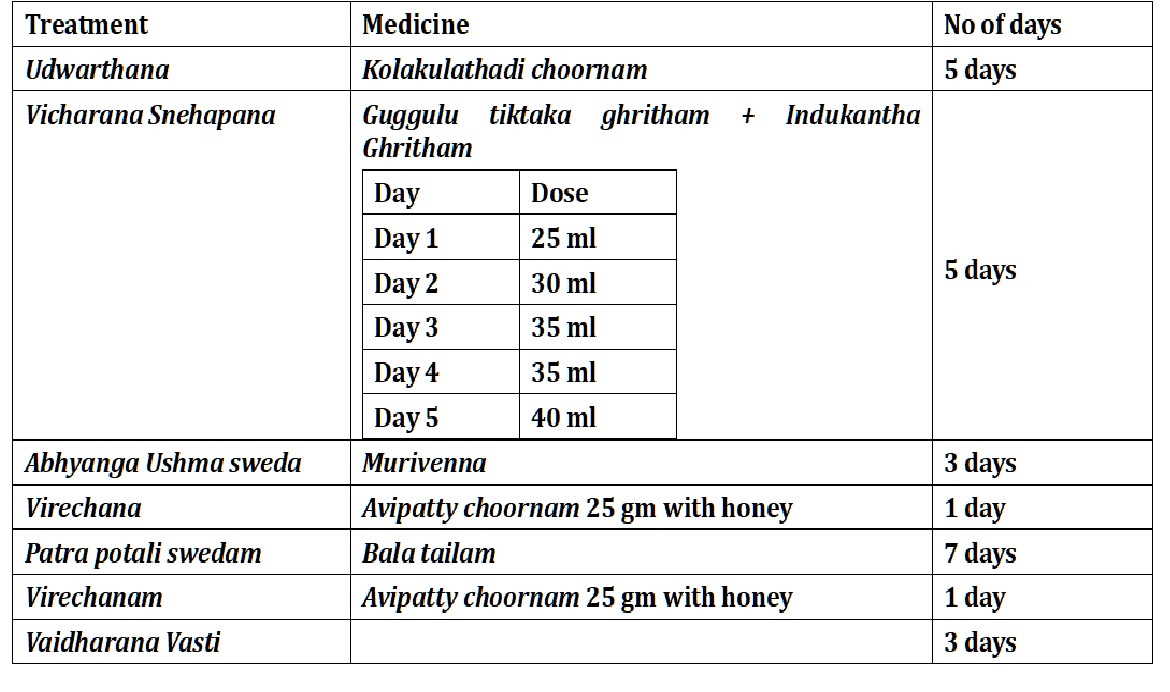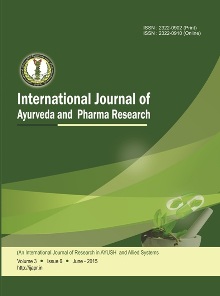Traditional Medicine in the Management of Adenomyosis
Abstract
Adenomyosis is a benign gynecological condition characterized by the presence of endometrial glands and stroma within the myometrium, leading to uterine enlargement and a spectrum of symptoms. Endometrial cells from the lining of endometrial cavity, migrate; most commonly into the posterior side or back wall of uterus, as these cells respond to monthly hormonal change. Severity and symptoms associated with adenomyosis, directly proportional to degree of involvement and penetration of uterine muscle. Untreated adenomyosis can progress to endometriosis, potentially leading to severe complications where hysterectomy may become necessary. Ayurvedic formulations with properties such as Anulomaka, Vatashamaka and Rakta Prasadaka have shown significant benefits. These treatments provide relief from pain and irregular menstrual cycles while enhancing the patient’s overall quality of life, offering a non-invasive alternative to conventional approaches. This is a case report of 32 year old female complaining of severe lower abdomen pain during menstruation associated with low back ache and pain during sexual intercourse. In this case treatment focused on Vata anulomana, Soolahara, Ama sophahara and Rasarakthaprasadana. Sthanika karmas like Yoni kshalana and Yoni Pichu were adopted for treating the Sthanika dosha dushti. After the course of treatment patient got complete relief from symptoms and on investigation adenomyotic changes were found resolved.
Downloads

Copyright (c) 2025 International Journal of Ayurveda and Pharma Research

This work is licensed under a Creative Commons Attribution-NonCommercial-ShareAlike 4.0 International License.






